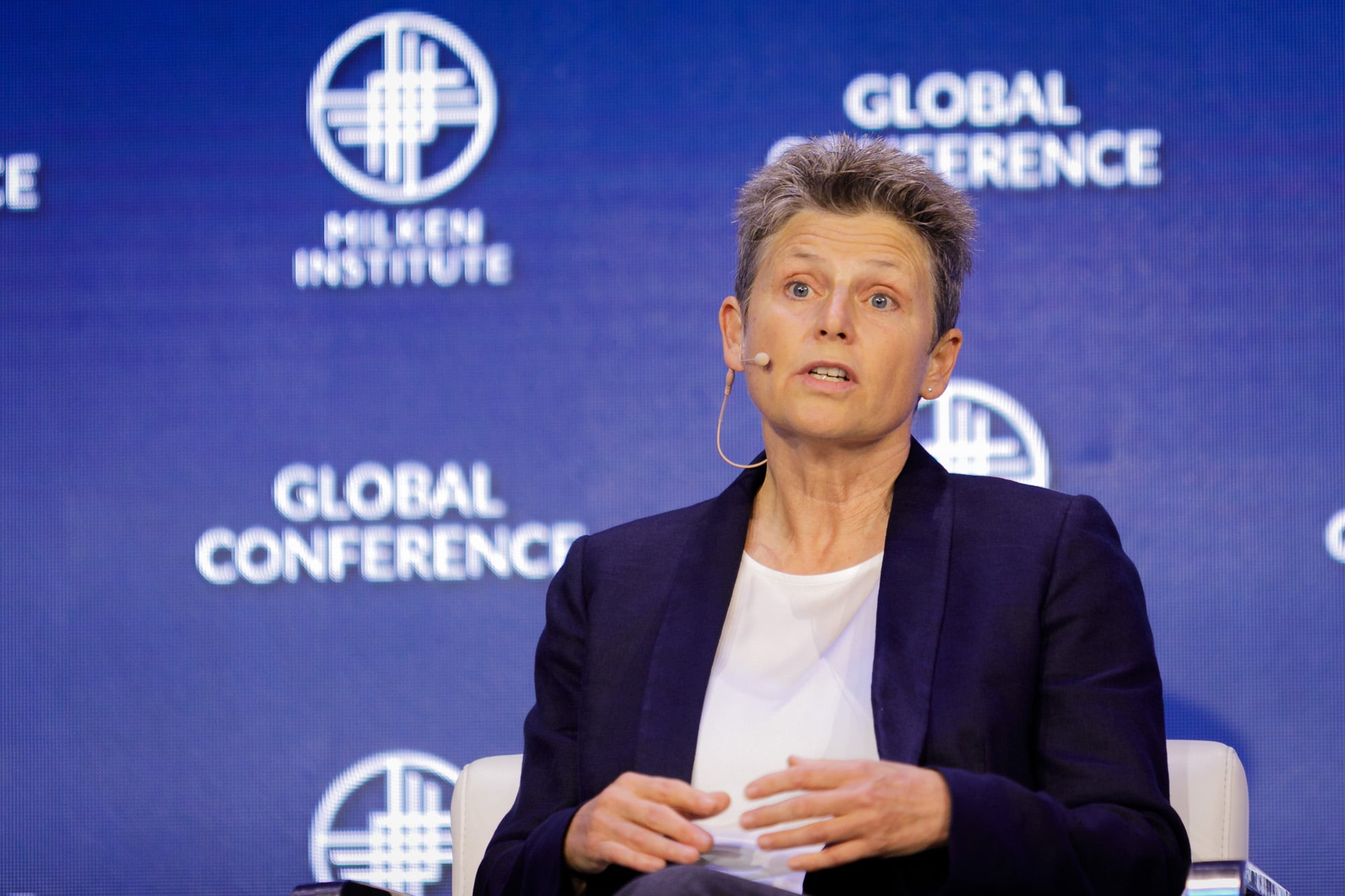On Tuesday, May 3, CIEE Electric Grid Director and EcoBlock Principal Investigator (PI) Dr. Alexandra “Sascha” von Meier participated in the “Breakthrough Technologies Redefining Our Energy Future” panel at the 2022 Milken Institute Global Conference. Moderated by CNBC anchor and senior national correspondent Brian Sullivan, the panel brought together experts in energy production, investment, research, and public policy to discuss innovations in energy technology and the strategies needed to scale them for a carbon-free future.
Solving for the Trilemma: Sustainability, Durability, and Affordability
The panel opened with a conversation between Sullivan and Larry Culp, CEO and Chairman of General Electric (GE). One of the oldest and largest industrial companies in the U.S., GE is a frontrunner in modern energy generation: its technologies provide one-third of the world’s electricity—with heavy investments in wind and natural gas—and equips 90% of power transmission utilities worldwide.
According to Culp, the world faces a trilemma: “It isn’t just about sustainability,” he said. “We need to have durability; we need to have affordability. … We’ve got to solve for all three—and in doing so, there’s no one technology that will carry the day.” As such, GE is leveraging on- and offshore wind turbines, along with hydrogen-injected natural gas and post-combustion carbon capture, to address these issues. The company also plans to streamline its turbine manufacturing process by using superconducting generators, which will eliminate the need to source rare materials, improve technological performance, and establish a more secure supply chain.
The energy transition has social implications as well. With nearly a billion people lacking access to reliable electricity, GE sees investments in natural gas, nuclear technology, and grid modernization as opportunities to meet global energy needs. Culp noted that there is no one-size-fits-all technology when it comes to decarbonization: “Given the growth and demand—which is going to go unabated—[and] the trilemma … there’s no way to know,” he said. “So let’s just push as hard as we can, as thoughtful[ly] as we can, and over time, technology, innovation, [and] economics will decide.”
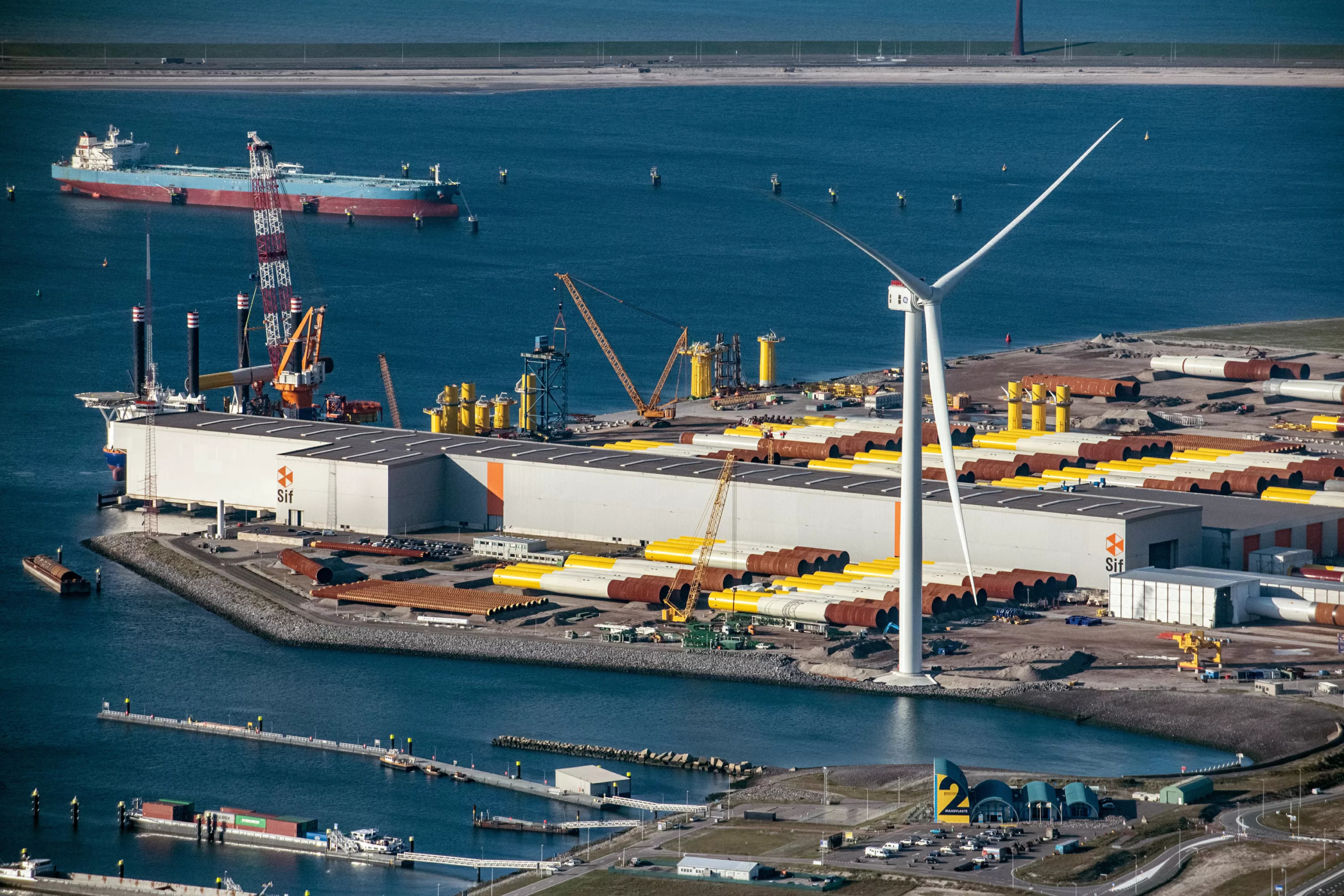
Equipped with a 12-14-megawatt (MW) direct drive generator and an industry-leading 60-64% capacity factor, GE’s Haliade-X is designed to be the most powerful offshore wind turbine in the world today. Credit: GE Renewable Energy
Harnessing the Power of the Stars
Following the conversation, Sullivan invited von Meier and the other panelists onto the stage. Bob Mumgaard, CEO of Commonwealth Fusion Systems (CFS), kicked off the discussion with a forecast on the future of renewable technology. Backed by major energy, oil, gas, and financial companies—and magnates like Bill Gates—Mumgaard and his team aim to deploy and commercialize the “Holy Grail” of clean energy: nuclear fusion. Currently in the prototyping and testing phase, the MIT spinoff is “within striking distance” of commercializing fusion energy, with plans to conduct a full-scale demonstration by 2025.
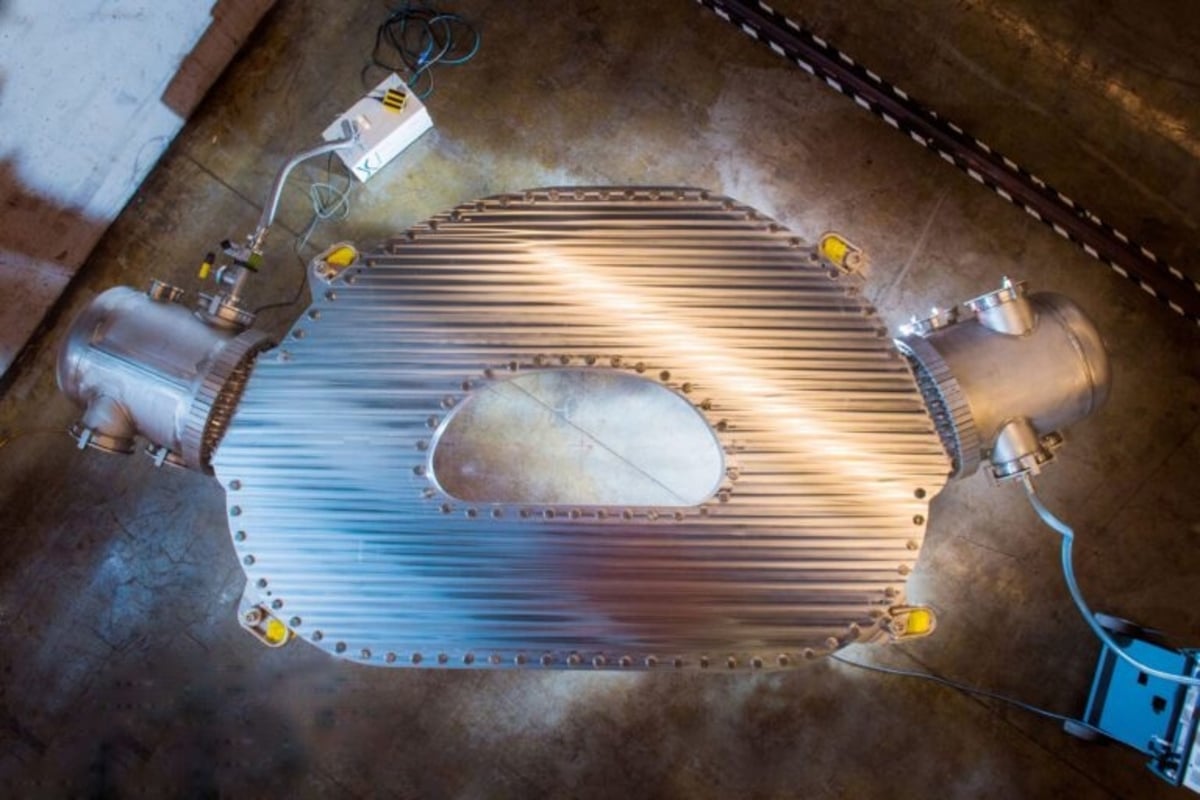
CFS and MIT’s Plasma Science and Fusion Center (PSFC) are leveraging high-temperature superconducting (HTS) magnet technology to build SPARC, the world’s first net-energy fusion reactor. Credit: Gretchen Ertl, CFS/MIT-PSFC
Heliogen is navigating uncharted waters as well. The California-based startup seeks to cost-effectively replace fossil fuels from heavy industry with near 24/7 carbon-free energy. Using hundreds of computer-controlled mirrors, Heliogen’s technology reconcentrates sunlight to a single, targeted spot atop a solar tower, generating the intense heat needed to manufacture materials such as petrochemicals, cement, and steel.
Concentrated Solar Power (CSP) is not a new idea. The novelty, founder and CEO Bill Gross explained, lies in using Moore’s law—the observation that the number of transistors on a microchip doubles about every two years, while the cost of the chip is halved. “Basically, computation has gotten so cheap that we can throw computing power at this—and in fact, I think one of the solutions to climate change is Moore’s law,” said Gross. “Moore’s law is our secret weapon to really advance technology to be competitive with fossil fuels.”
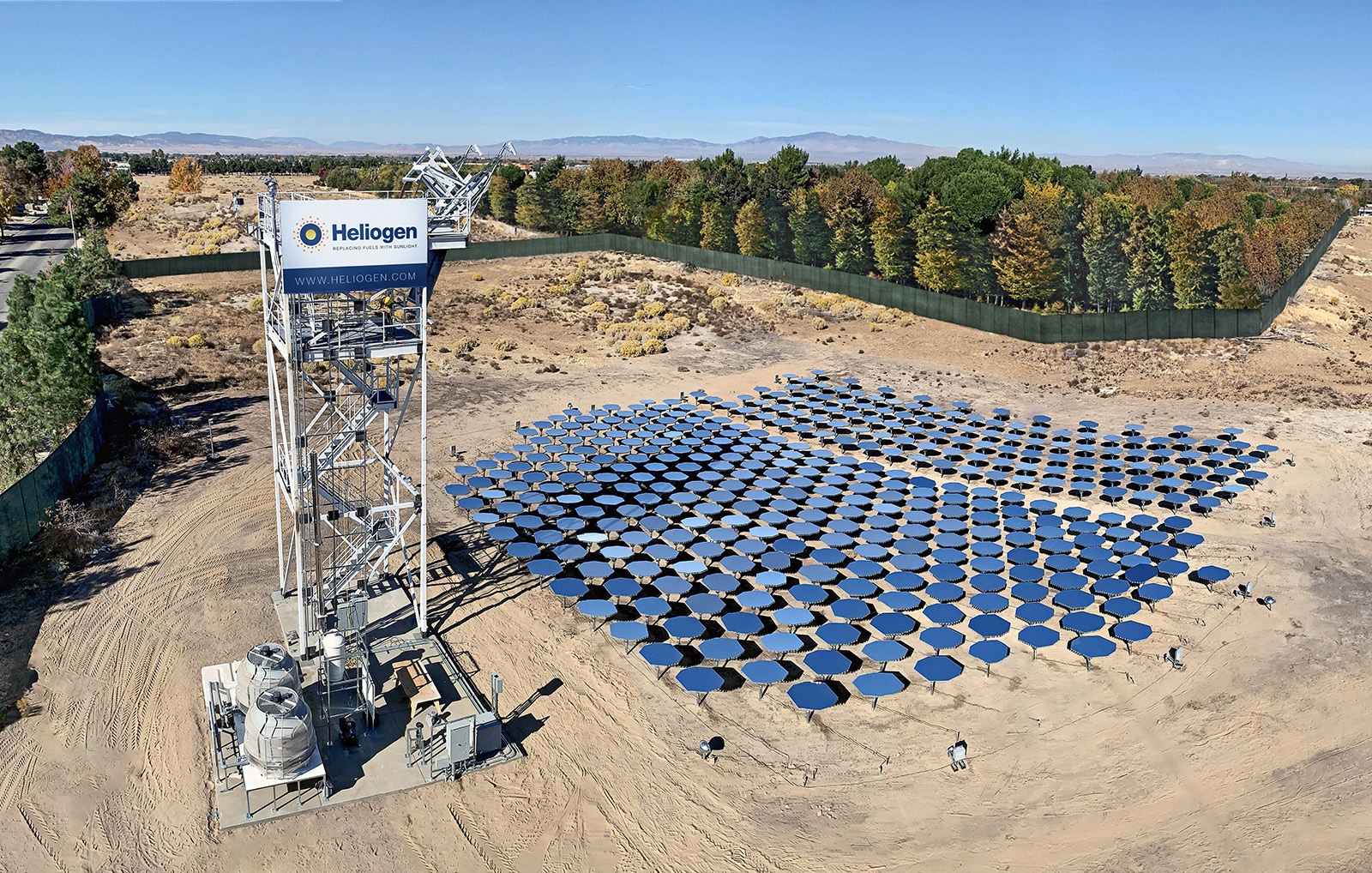
Heliogen has concentrated sunlight to exceed temperatures greater than 1,000 degrees Celsius at its pilot facility in Lancaster, CA. Credit: Heliogen
Being Smart About What We’ve Got
Optimizing our use of existing resources is as important as making breakthroughs in technology. “We already have—off-the-shelf—what I like to call the ‘meat and potatoes’ [of] renewable resources that can get us to where we want to go,” said von Meier. She noted that the “smart money” lies in solar photovoltaics (PV) and wind turbines, which are the lowest-cost electricity generation technologies on the market and are not limited by raw physical resource availability in the U.S.
For von Meier, the opportunity to innovate lies with the electric grid. Given the intermittency of resources like wind and solar, ensuring reliable access to energy—especially at the community level—enables residents to share assets and sustain essential needs during a power outage, extreme weather event, or other calamity. The Oakland EcoBlock is a prime example: the UC Berkeley-led research team is working with Pacific Gas and Electric (PG&E) to deploy a block-scale solar microgrid, allowing customers to generate local power and build resilience.
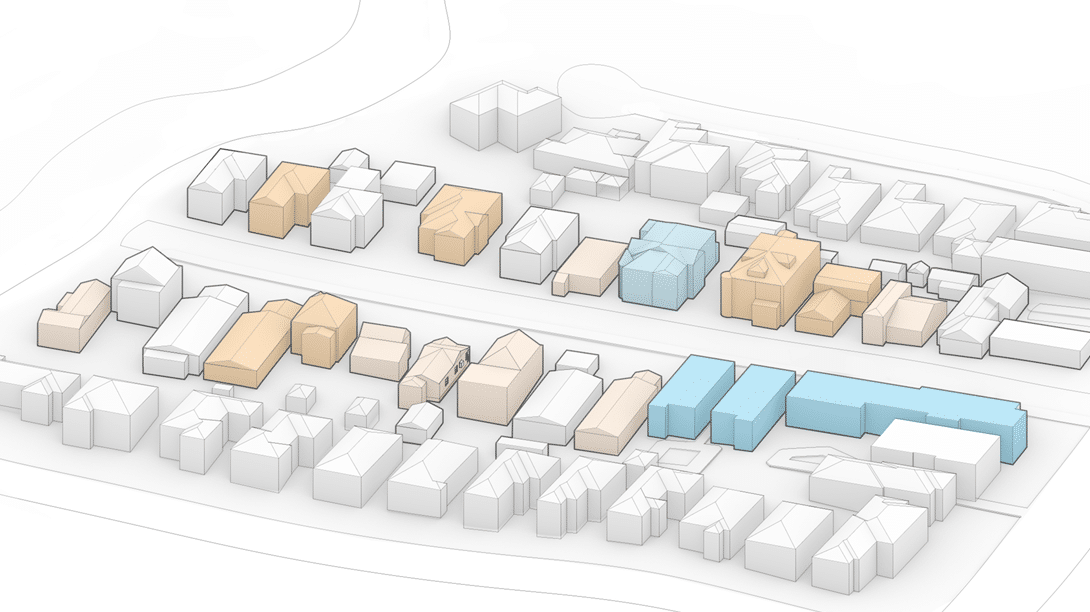
The EcoBlock team is conducting a neighborhood-scale retrofit in Oakland’s Fruitvale District. Credit: Oakland EcoBlock
A Call to Action
The path to net-zero is riddled with challenges—including steep learning curves, misaligned policies, and investment risks, to name a few. Stressing the urgency of climate action, the panelists expressed optimism, citing long-term, strategic planning and rapid testing and deployment as pathways to decarbonize by 2050. “We’re gonna get there,” said von Meier. “We have so many options—we[‘ve] got options that are ready right now; we[‘ve] got exciting options that are gonna be ready 5, 10, 20 years from now. It’s gonna be a dynamic, dynamic market [with] a lot of people who care with their wallets and with their hearts to do the right thing. We’re in this together.”
Watch the full recording of the panel discussion
Radical Retrofitting at the Oakland EcoBlock
Feature image credit: The Milken Institute
A version of this article originally appeared on the EcoBlock blog and has been published here with permission.

